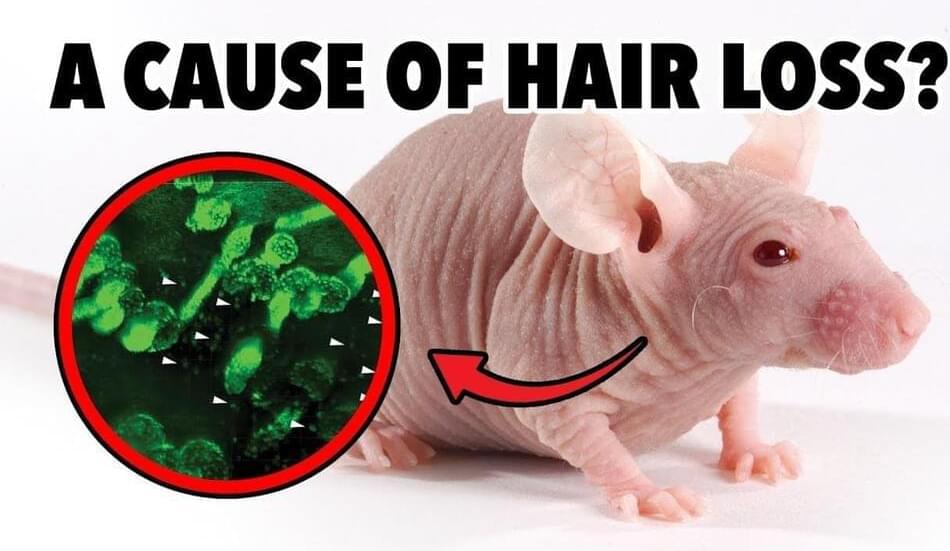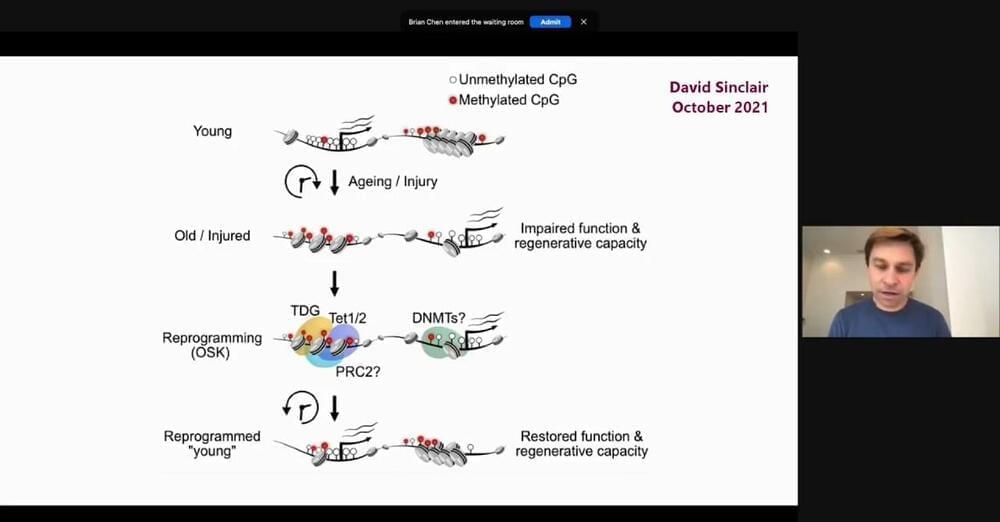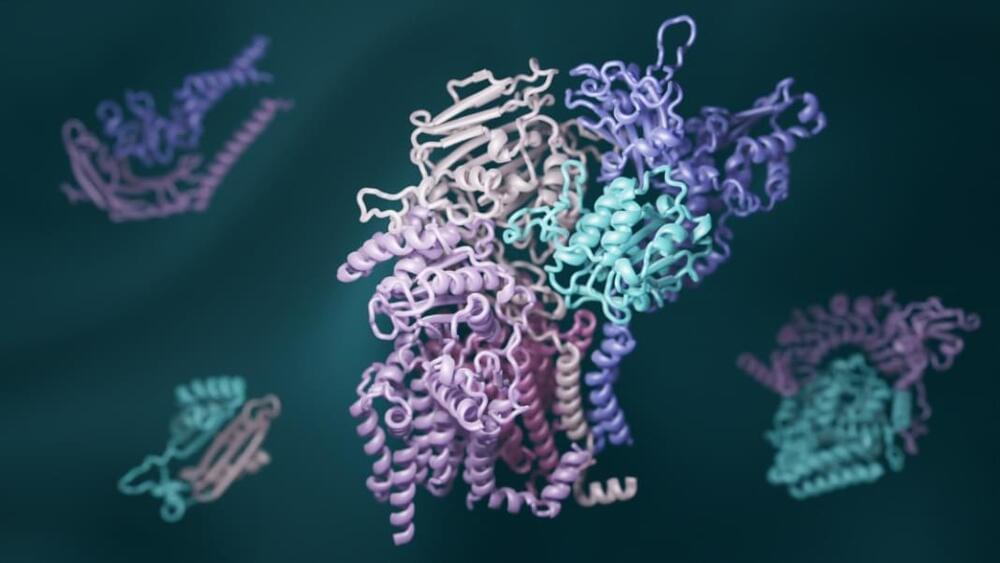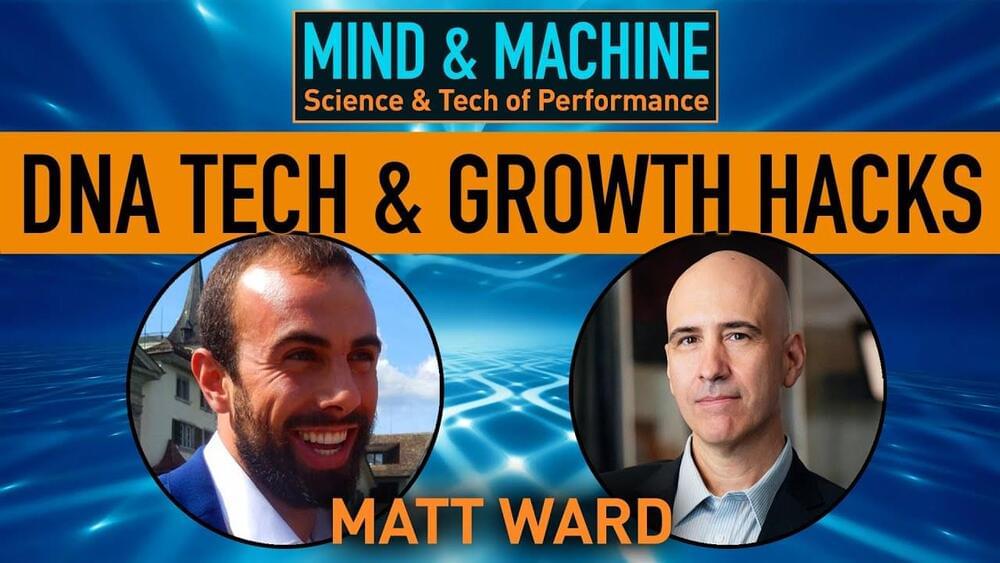Nov 18, 2021
Fountain’s $15m to “restore youthful resilience to cells”
Posted by Montie Adkins in categories: biotech/medical, life extension
“Fountain is an example of a biotech company emerging as a direct result of basic research, in this case the biology of aging,” said Dr Rando, founder and chairman of Fountain. “The company’s screening and discovery platform is built upon foundational research showing that the age of a cell can be modulated by factors in the cell’s environment. By identifying compounds that work through these pathways, we seek to restore youthful resilience to cells and tissues, leading to therapies that treat or even prevent chronic diseases of aging.”
Longevity funding: Eli Lilly and R42 Group join the party as Khosla-backed biopharma brings total Series A to $26 million.

















